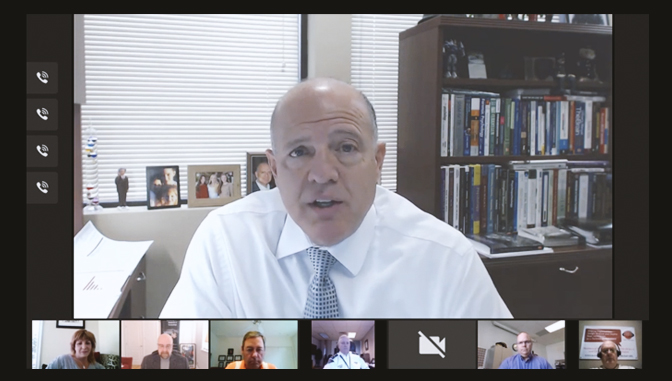Law Enforcement’s Evolution and the Requirements to Become a Police Officer

Sir Robert Peel established the first Metropolitan Police Department in London in 1829, and since then, there has been an astronomical growth in the number of agencies and officers worldwide. Law enforcement agencies continue to evolve, and with them, so do the requirements for how to become a police officer.
In America, law enforcement started as groups assigned to apprehend runaway slaves in the 1700s; later, as lamplighters and night watchmen; and eventually organized municipal agencies in the 1800s. Until the 1930s, law enforcement was primarily under the direction of politicians, in what was known as the “political era” of policing. After prohibition in the 1920s, and based upon recommendations of The National Commission on Law Observance and Enforcement (aka The Wickersham Commission after former attorney general George W. Wickersham), recommendations were made at all levels to professionalize policing, hence, the “reform era” of policing began.
Many recommendations that came from various commissions on police behavior, specifically from the Wickersham (1932) and Knapp (1970) commissions, were directed at higher educational standards for law enforcement officers. The Omnibus Crime Control and Safe Streets Act of 1968 established grants to further criminal justice research. This may have been one of the catalysts for the new “community era” of policing. From the late 1960s on, police were receiving better training and education, and took a more proactive and integrated role in their communities.
Around 1970, the Law Enforcement Assistance Administration provided federal funding to enhance the training and education of police officers. It was “recommended” that all police officers should possess at least an associate degree. By the late 1970s and 1980s, some police agencies began to adjust their requirements for becoming a police officer. For instance, they began requiring either college degrees or predetermined amounts of college credit. The need for more well-rounded, higher-educated officers had arrived. Police officers were now given training courses in communications, report writing, mental health, criminology, sociology, and several other areas considered necessary for effective law enforcement. Reports from 2006 onward indicate about 1 percent of police agencies in the United States require a bachelor’s degree, about 2 percent require associate degrees, and a significant amount require some college. The New York Police Department, for instance, requires at least 60 college credits to be hired as a police officer. However, to be promoted, a bachelor’s and subsequent graduate degrees are also needed.
In 1976, in Golden, Colorado, a sheriff advertised for deputies not under “jobs in law enforcement,” but under “jobs in philosophy.” When asked about this unusual approach, he indicated that he wanted well-rounded critical thinkers who understood the human condition. This showed the kind of forward thinking that policing has achieved in the United States over the last few decades.
Despite what some deem the “militarization of the police”—as they don battle-dress uniforms (BDUs), external body armor, and tactical weapons— the need for what I call educated critical thinkers capable of extemporaneous thought is at the forefront of modern policing. I believe today’s officers should possess not only moral standards, but also decision-making, communication, and de-escalation skills, as well as a community-oriented approach. This is often achieved when training and experience are supplemented with higher education, such as a degree in criminal justice.
Dr. Verro, recently presented on this topic in a Podcast for CATA Alliance. To listen in, visit here.
Disclaimer: The views expressed here are solely those of the author(s) and do not necessarily represent or reflect the views of Excelsior College, its trustees, officers, or employees.



